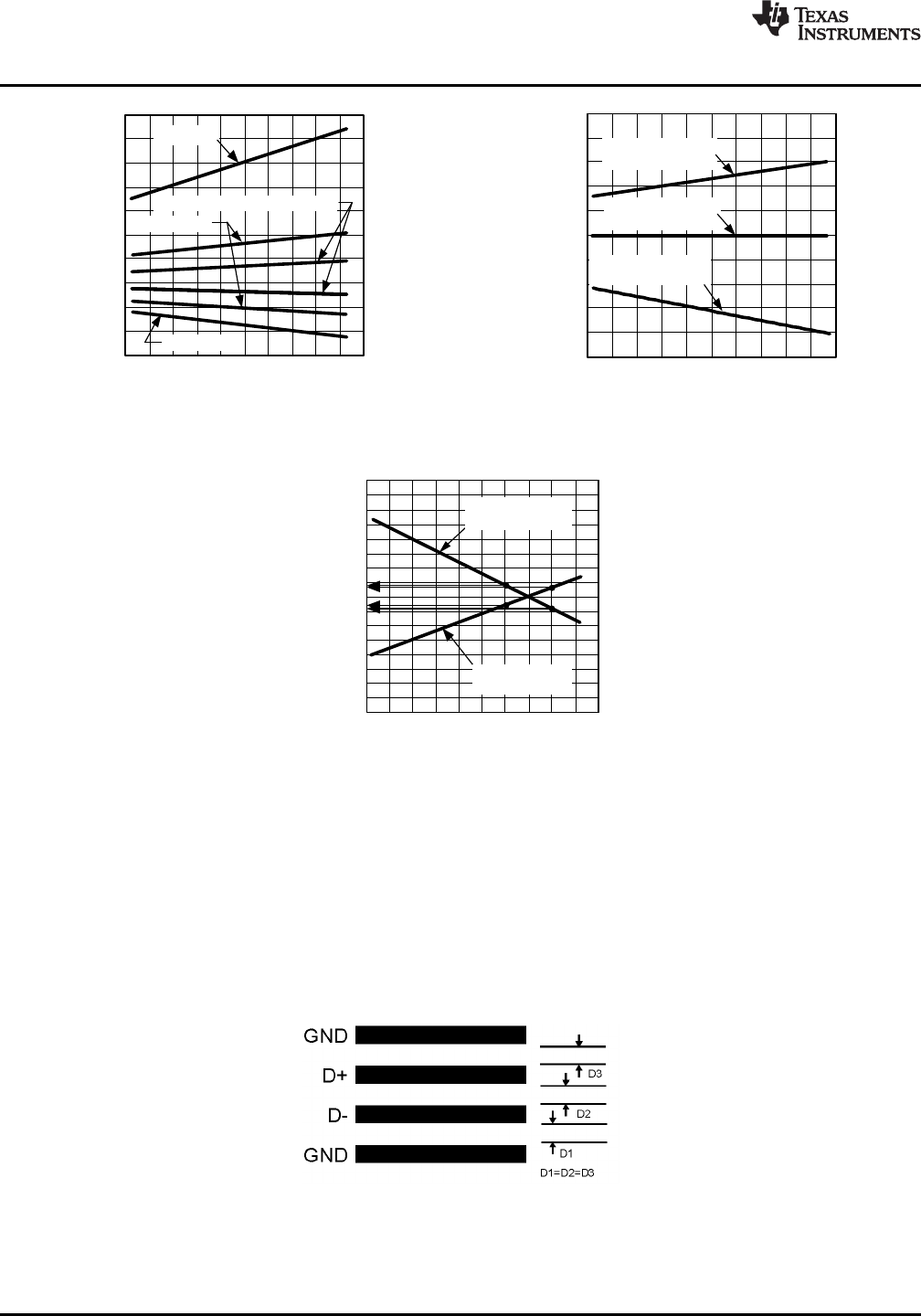Datasheet
Table Of Contents
- Features
- Applications
- Key Specifications
- Description
- Absolute Maximum Ratings
- Operating Ratings
- Temperature-to-Digital Converter Characteristics
- Logic Electrical Characteristics
- DIGITAL DC CHARACTERISTICS
- SMBus DIGITAL SWITCHING CHARACTERISTICS
- Functional Description
- LM86 REGISTERS
- COMMAND REGISTER
- LOCAL and REMOTE TEMPERATURE REGISTERS (LT, RTHB, RTLB)
- STATUS REGISTER (SR)
- CONFIGURATION REGISTER
- CONVERSION RATE REGISTER
- LOCAL and REMOTE HIGH SETPOINT REGISTERS (LHS, RHSHB, and RHSLB)
- LOCAL and REMOTE LOW SETPOINT REGISTERS (LLS, RLSHB, and RLSLB)
- REMOTE TEMPERATURE OFFSET REGISTERS (RTOHB and RTOLB)
- LOCAL and REMOTE T_CRIT REGISTERS (RCS and LCS)
- T_CRIT HYSTERESIS REGISTER (TH)
- FILTER and ALERT CONFIGURE REGISTER
- MANUFACTURERS ID REGISTER
- DIE REVISION CODE REGISTER
- APPLICATION HINTS
- Data Sheet Revision History

-0.4
-0.35
-0.3
-0.25
-0.2
-0.15
-0.1
-0.05
0.05
0.1
0.15
0.2
0.25
0.3
0.35
0.4
-60 -40 -20 0 20 40 60 80
TEMPERATURE (
o
C)
0
TEMPERATURE SHIFT (
o
C)
100 120 140
n_ideality =1.008
using LM84.
n_ideality =1.0045
using LM84.
-6
-4
-2
0
2
4
6
8
10
12
14
-60 -40 -20 0 20 40 60 80 100 120 140
TEMPERATURE (
o
C)
ERROR (
o
C)
Pentium 4
Pentium III CPUID 68h/Celeron
Pentium 4
Pentium II
n_ideality =1.008
using LM84.
n_ideality =1.008
using LM86.
n_ideality =1.0045
using LM84.
TEMPERATURE (°C)
TEMPERATURE SHIFT (°C)
-1
-0.8
-0.6
-0.4
-0.2
0
0.2
0.4
0.6
0.8
1
-60 -40 -20 0 20 40 60 80 100 120 140
LM86
SNIS114E –DECEMBER 2001–REVISED MARCH 2013
www.ti.com
Figure 16. Error Caused by Nonideality Factor Figure 17. Errors Induced when Temperature
Sensor is Not Calibrated to Typical Nonideality
Figure 18. Compensating for an Untargeted Nonideality Factor
Temperature errors associated with nonideality may be reduced in a specific temperature range of concern
through use of the offset registers (11h and 12h). Figure 18 shows how the offset register may be used to
compensate for the nonideality errors shown in Figure 17. For the case of nonideality=1.008, the offset register
was set to −0.5°C resulting in the calculated residual error as shown in Figure 18. This offset has resulted in an
error of less than 0.05°C for the temperatures measured in the critical range between 60 to 100°C. This method
yields a first order correction factor.
Please send an email to hardware.monitor.team@nsc.com requesting further information on our recommended
setting of the offset register for different processor types.
PCB LAYOUT FOR MINIMIZING NOISE
Figure 19. Ideal Diode Trace Layout
24 Submit Documentation Feedback Copyright © 2001–2013, Texas Instruments Incorporated
Product Folder Links: LM86










